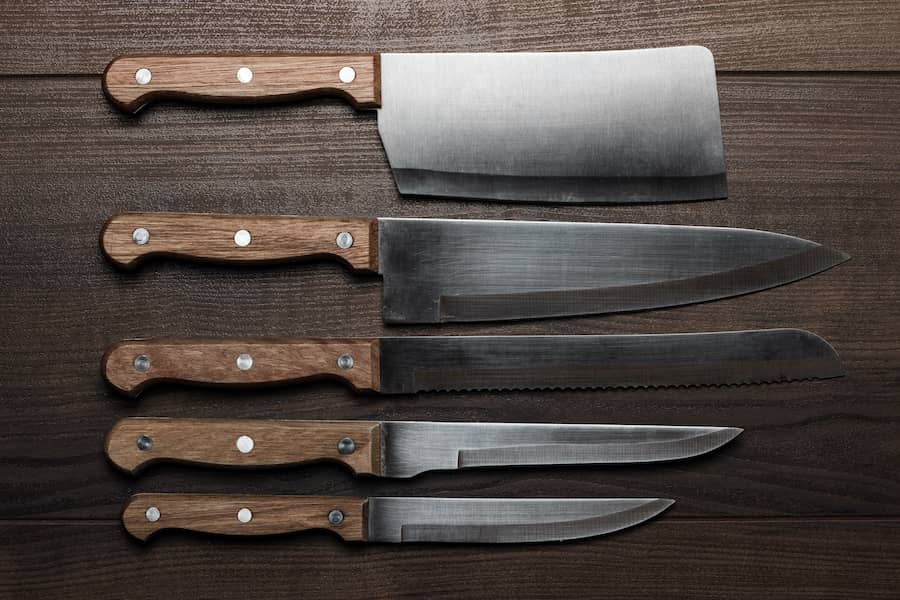
12 Feb Role of 440C Stainless Steel in the Knife Industry
Introduction:
In the vast landscape of steel alloys, 440C stainless steel stands out as a stalwart choice, particularly in the realm of knife manufacturing. Known for its exceptional qualities, 440C has become synonymous with high-performance blades. In this blog post, we’ll delve into the significance of 440C stainless steel in the steel industry, exploring its properties, applications, and why it remains a top choice for knife enthusiasts.
Understanding 440C Stainless Steel:
440C belongs to the 400 series of stainless steels, known for their corrosion resistance and high carbon content. The “C” in 440C denotes a higher carbon content compared to its counterparts in the 400 series, contributing to its superior hardness and wear resistance. Let’s explore some key characteristics that make 440C stand out:
Hardness and Edge Retention:
The elevated carbon content in 440C provides exceptional hardness, making it well-suited for knife blades. This hardness translates into excellent edge retention, ensuring that the blade stays sharp through prolonged use.
Corrosion Resistance:
One of the defining features of 440C is its corrosion resistance. This makes it an ideal choice for knives that may be exposed to harsh environments, as it can withstand moisture and other corrosive elements.
Wear Resistance:
440C’s resistance to wear and abrasion is crucial for knives that are subjected to frequent use and cutting tasks. This property ensures a longer lifespan for the blade, reducing the need for constant sharpening.
Applications in the Knife Industry:
440C stainless steel has found widespread use in the production of high-quality knives across various styles and purposes. Here are some notable applications:
High-End Chef’s Knives:
Renowned chefs and culinary enthusiasts often prefer knives made from 440C steel due to its sharpness, durability, and resistance to staining or corrosion in kitchen environments.
Tactical and EDC Knives:
Knife manufacturers catering to the tactical and everyday carry (EDC) market appreciate 440C for its ability to withstand rigorous use and maintain a sharp edge, making it a reliable choice for those who rely on their knives in various situations.
Outdoor and Survival Knives:
440C’s corrosion resistance and toughness make it an excellent option for outdoor and survival knives. These knives are designed to endure challenging conditions, and 440C ensures they remain reliable in diverse environments.
Conclusion:
In conclusion, 440C stainless steel has solidified its importance in the steel industry, particularly in the realm of knives. Its combination of hardness, corrosion resistance, and wear resistance makes it a top choice for knife enthusiasts who demand high performance from their blades. As technology continues to advance, it will be fascinating to see how 440C evolves and whether it maintains its status as a benchmark in the ever-evolving world of steel alloys.






No Comments